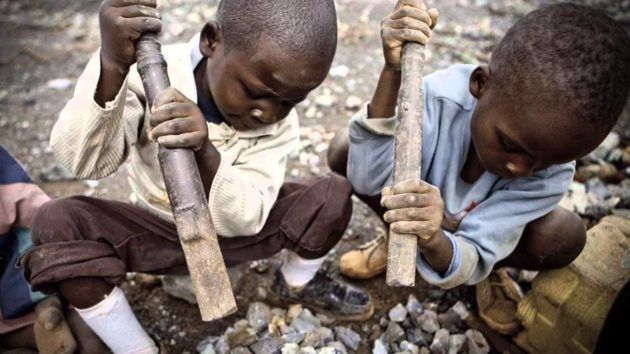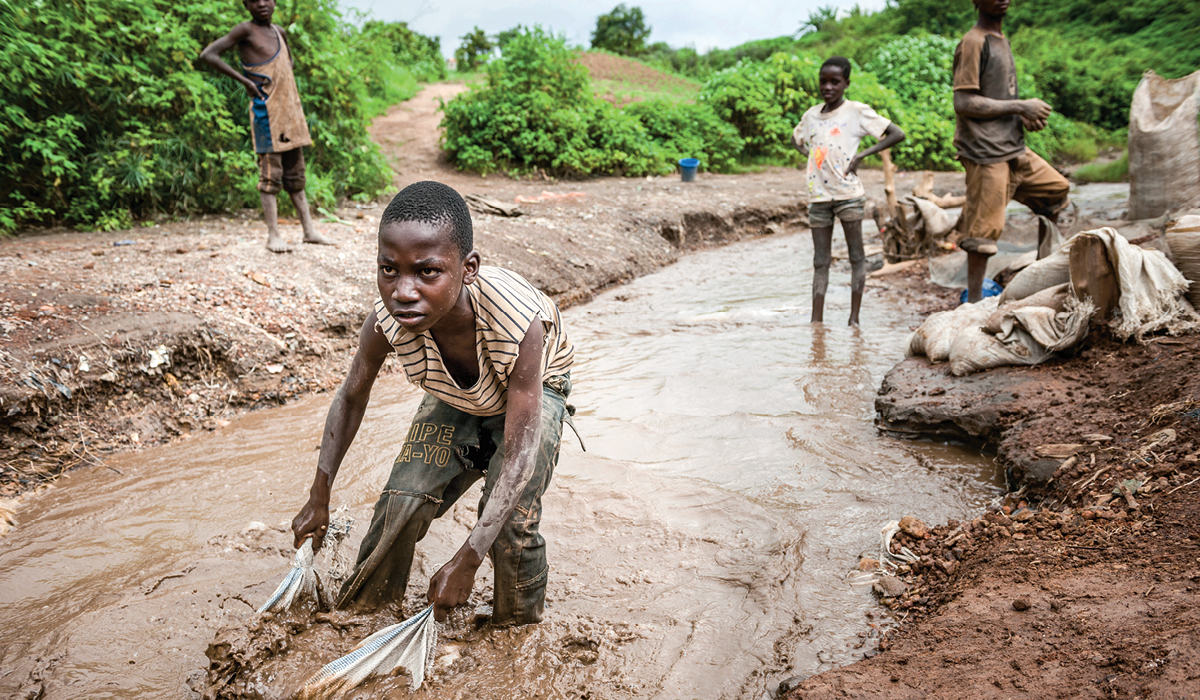Ardern’s government said no to coal mining and oil and gas exploration in their pursuit of zero carbon, ignoring the hypocrisy attached to importing Indonesian coal and substandard overseas mining practices.
Turning a blind eye to unethical mining means the poor – the workers and inhabitants of polluted land – are expendable. Environmental damage and poor health outcomes matter not one whit to some overseas governments nor to ours.
The extraction of rare minerals for their superb magnetic, catalytic and optical properties – key to the manufacture of electric vehicles, wind turbines and solar panels, uses the most polluting and wasteful processes on earth, but this fact is irrelevant in the pursuit of “clean” energy, mobile phones and digital technology.
“The 10,000 or so mines across China have played a big role in destroying that country’s environment. Pollution damage by the coal-mining industry is well documented. But barely reported is the fact that mining rare metals also produces pollution.
“Two billion tons of rare metals are mined every year – the equivalent of more than 500 Eiffel Towers a day.”
Extraction of rare minerals is similar to precious metal extraction here: the rock is crushed and doused with a concoction of chemical reagents such as sulphuric and nitric acid before being washed with copious amounts of water.
“Purifying a single ton of rare earths requires using at least 200 cubic metres of water, which then becomes saturated with acids and heavy metals. Very rarely will this water be treated at the plant before it is released into rivers, soils and ground water.”
Daily Mail UK
Chinese tailing ponds designed to break down toxic chemicals are overwhelmed. Who is going to listen if a whole village gets sick from polluted water contaminating their water supply and food chain?
“The Chinese could have opted for clean mining but didn’t. From one end of the rare-metals production line to the other, little in China is done according to the most basic ecological and health standards. So, as rare metals have become ubiquitous in green and digital technologies, the toxic sludge they produce has been contaminating water, soil, the atmosphere and the flames of blast furnaces – representing the four elements essential to life. The result is that producing rare metals has become one of the most polluting and secretive industries in China.”
ABC News
The local population suffers the health effects of that pollution.
“Cancer affects the local population and many villagers have died. The hair of young men barely aged 30 has suddenly turned white. Children grow up without developing any teeth.
One villager, a 54-year-old called Li Xinxia, confided in me despite knowing it’s a dangerous subject. He said: ‘There are a lot of sick people here. Cancer, strokes, high blood pressure… almost all of us are affected. We are in a grave situation. They did some tests and our village was nicknamed “the cancer village”. We know the air we breathe is toxic and that we don’t have that much longer to live.’”
Rare mineral production is not limited to China. The Democratic Republic of Congo supplies more than half the world’s cobalt using the most primitive method of pick and shovel.

“Given the African country’s inability to regulate its mining activities, the pollution of surrounding rivers and turmoil in the ecosystems are legion.
Research by Congolese doctors has found that the cobalt concentration in the urine of the local communities living near mines in Katanga province is up to 43 times higher than a control sample.”
China, at the forefront of rare metal exploration, applied a stranglehold on the industry by reducing export quantities.
“China’s export quotas, set at 65,000 tons in 2005, began to drop a year later to under 62,000 tons. By 2009, Beijing had reduced this to 50,000 tons and official figures for 2010 put exports at only 30,000 tons.”
China is expanding its search to other countries such as Canada, Australia, Kyrgyzstan, Peru and Vietnam.
But opportunities exist for us using modern exploration techniques and ethical extraction processes. In 2018 GNS and NZ Petroleum and Minerals produced a report on the potential of rare minerals here.
“A stepped-up search for rare earth elements in New Zealand found more than 20 locations where the valuable minerals might be found.
Almost all are on the South Island and concentrate on the West Coast and Fiordland. But Stewart Island, Canterbury, Nelson-Marlborough and Kerikeri in Northland also feature.
Based on rare earth content of soils, the authors suggest the best place to look harder is inland from Hokitika and Greymouth.
The igneous complexes at Tapuaenuku in Marlborough and Mandamus, south of Hanmer Springs were also promising.
Aspiring Resources, a company apparently owned by businessman Duncan Hardie, got a Minerals Prospecting Permit for Mandamus earlier this year and lists rare earth elements as one of its prospecting interests.
It’s not GNS’ job to make policy decisions on whether to allow a mine, the paper said.
Speaking generally, Turnbull estimated there’s probably 10-20 years of work needed before a commercial mine could open.”
Stuff
Given we won’t throw away our digital devices, instead of complaining about abysmal mining practices overseas, why not invest in NZ mining exploration for rare minerals?
Please share this article so that others can discover The BFD

